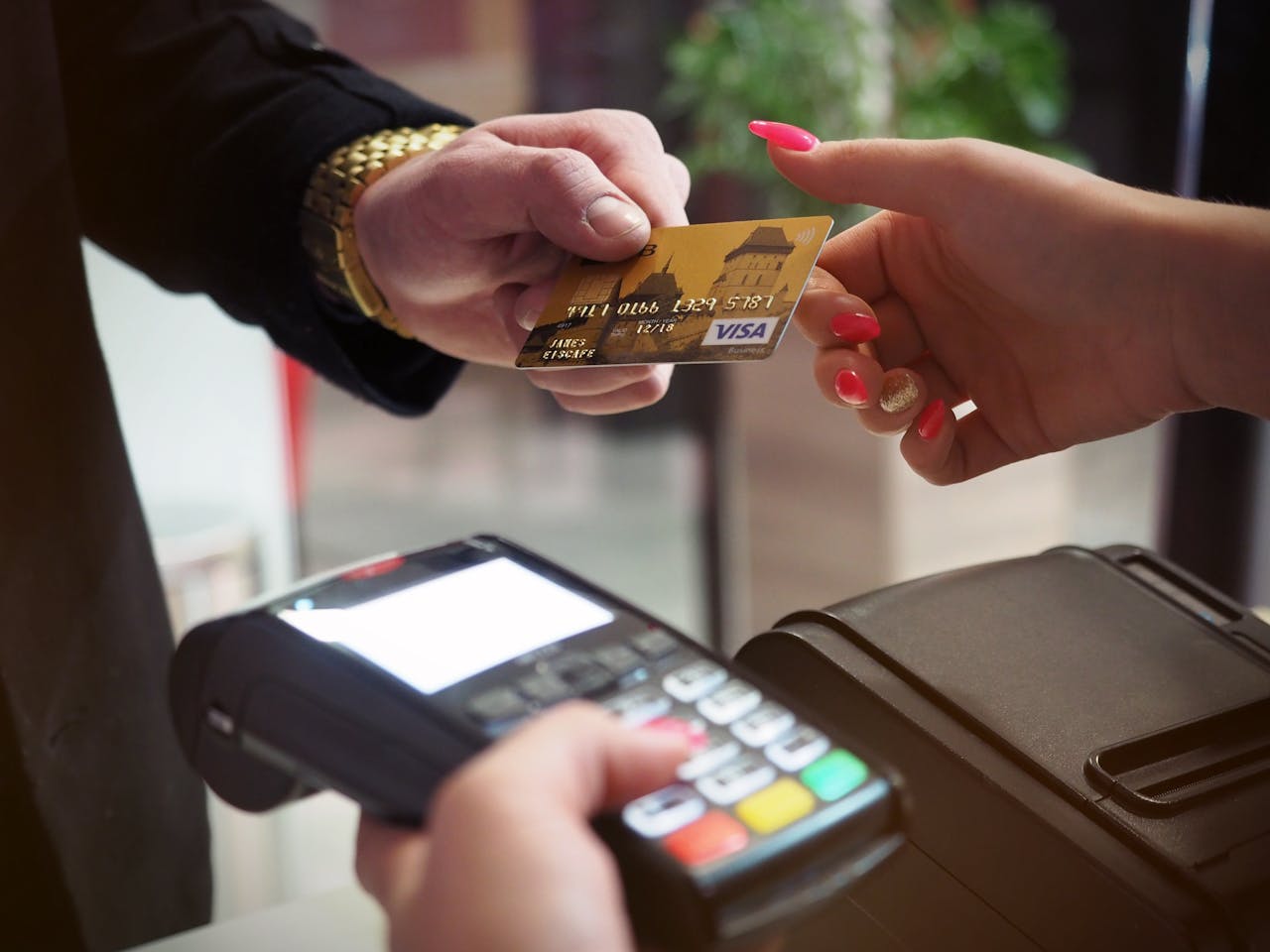What Types of Bank Cards Are There, and How Are They Different?
1. Why Bother Understanding Bank Card Types?
In 2025, a bank card is far more than a tool for withdrawing cash or swiping in stores. It plays a crucial role in credit building, budgeting, cross-border payments, and even identity verification. Especially in the U.S. and Europe, cards have become more specialized. Knowing the different types helps you make smarter financial and spending decisions.
2. The Main Types of Bank Cards
Based on the latest classifications from U.S. and European banks, cards generally fall into these categories:
2.1. Debit Cards
What they are: Linked directly to your bank account. Payments are deducted in real time.
Best for: People who want better control over their spending or don’t have a credit history.
2025 trend: More debit cards now offer instant balance notifications and virtual card options.
2.2. Credit Cards
What they are: Let you borrow up to a set limit and pay back later. Minimum payments are allowed.
Best for: Those with steady income looking to build credit history.
2025 update: With the FICO model revamp, how often and how wisely you use your credit card now has a bigger impact on your credit score.
2.3. Prepaid Cards
What they are: Load money before spending—like a digital wallet.
Best for: Teens, travelers, or people managing a fixed budget.
Real example: Greenlight remains a top prepaid card for U.S. teens, with over 6 million users as of Q1 2025.
2.4. Virtual Cards
What they are: No physical card—just a digital number for online purchases and subscriptions.
Best for: Frequent online shoppers and those concerned about privacy.
Industry insight: Mastercard and Visa expanded virtual card API access in 2025, boosting adoption across both B2B and consumer sectors.
2.5. Business Cards
What they are: Designed for company expenses and employee reimbursements.
Best for: Freelancers, small business owners, and finance departments.
Watch out: Some business cards come with hidden annual fees or delayed reimbursement systems.
3. Side-by-Side Feature & Fee Comparison
| Card Type | Credit Limit | Prepaid Required | Virtual Support | Common Fees |
|---|---|---|---|---|
| Debit Card | No | No | Some support | Usually low or no fee, some have transfer charges |
| Credit Card | Yes | No | Widely supported | Annual fees, interest, cash advance charges |
| Prepaid Card | No | Yes | Mostly supported | Reload fees, monthly fees, ATM charges |
| Virtual Card | Depends | No | Yes | Typically no extra charges |
| Business Card | Yes | No | Custom support | Annual fees, reimbursement processing fees |
4. How to Choose the Right Bank Card
- Pick a card based on your needs: For travel, prepaid and virtual cards are great. For everyday use, consider combining a debit card and a credit card.
- Always read the fine print: Especially with business and premium credit cards, check for annual fees, interest rates, and foreign transaction fees.
- Digital wallet compatibility: By 2025, over 85% of U.S. and EU-issued bank cards are Apple Pay and Google Wallet ready.
- Customer service matters: Institutions like Chase and American Express continue to lead in customer satisfaction.
5. FAQ: Common Questions About Bank Cards
Q1: Which card helps build credit—debit or credit?
A: Only credit card usage gets reported to credit bureaus. Debit card activity doesn’t affect your credit score.
Q2: Are virtual cards safe?
A: Absolutely, as long as they’re issued by reputable banks or platforms and have proper security features like OTP verification.
Q3: Can I use a U.S. bank card in Europe?
A: If it’s Visa or Mastercard, usually yes. But AMEX is still less accepted in many European countries.
6. Your Turn
Which type of card do you use most often? Have you ever been hit with a surprise fee? Drop a comment below and share your story! If you found this helpful, feel free to pass it along to someone who’s still confused about all these card options.



